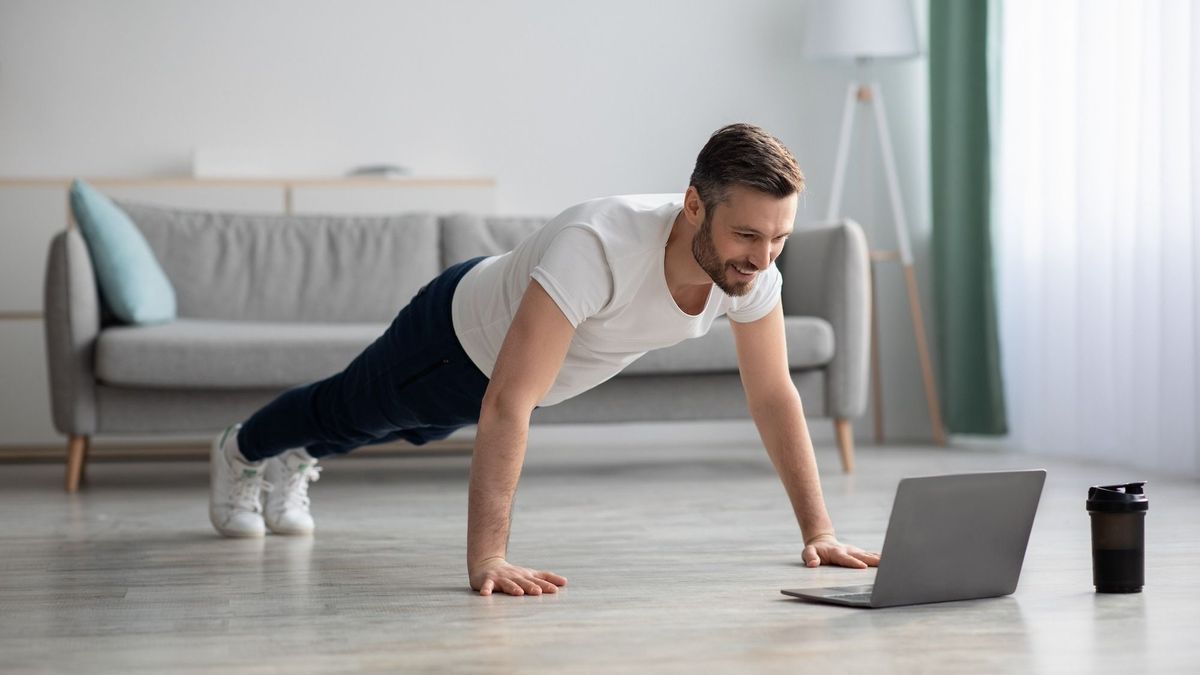
Do you know about “microdose” fitness, this new way to add more exercise into your daily life? This technique helps you integrate physical activity gently into your daily life while helping you to be regular. TipsForWomens presents this famous method to you.
We all know that for good health it is essential to practice regular physical activity. However, between work, social life and accumulating fatigue, it is not always easy to carve out time to practice. And if the technique of “microdosage”, which consists of doing short sports sessions throughout the day, could help you? What is this technique worth and does it have real health benefits? Here are the experts’ answers on this subject!
What is the “microdosing” method?
Initially, the term “microdosing” referred to taking small doses of psychedelics with the goal of better resisting pain and increasing an overall sense of well-being. Today, the term is used more broadly and can be applied to other concepts, including sport. “Microdose” fitness then refers to carrying out sessions of physical activity, moderate or more intense, throughout the day.
Lauren Powell, performance coach at Future, explains in WellGood magazine: “The main goal of microdosing is to optimize training effectiveness and maintain consistency, without compromising fitness goals or schedule”. Accessible even for busier people, this method is increasingly popular. The coach adds: “Even though many of us have busy schedules, it’s unrealistic to pretend that you don’t have even five minutes to devote to physical activity”.
Is microdosing as beneficial for your health as traditional training?
As you have understood, its main advantage is that it allows you to better manage your schedule! But are its health benefits so significant? Dr. Dalleck responds by explaining that “accumulating exercise in small increments throughout the day can improve cardiorespiratory fitness and lower blood pressure”. Excellent news for those who never find the time to exercise!
Furthermore, the doctor tells WellGood that “microdose exercise and continuous physical activity have comparable positive effects”. He recalls what several researches have revealed: “that a ten-minute exercise session including two twenty-second sprints can provide the same benefits as traditional moderate-intensity exercise performed for thirty minutes”.
Even more surprising, exercise when intermittent helps combat a sedentary lifestyle, much more than if you do a longer session at a single time of your day. In fact, after a morning workout, it is common to sit for the rest of the day because you consider that you have done your sport and there is no need to move further. However, many researchers have shown that prolonged periods of sitting increase the risk of cardiovascular disease, dementia and other health problems. It is therefore essential to find ways to stay more active. If microdosing can help you, we’ll explain how to easily integrate it into your daily life!
Good in his body, good in his head!
How to integrate “microdose” fitness into your routine?
To easily integrate sport into your daily life, there are many choices available to you. You can do a few sets of push-ups first thing in the morning, do some active walking for 20 minutes during your lunch break, or do some core training when you watch a movie in the evening, for example! You understand, the main thing is to do sport in small bursts, throughout the day and to make sure you achieve your daily physical exercise goals.
For adults, it is recommended to get at least 150 minutes of moderate-intensity exercise or 75 minutes of more intense exercise per week. To easily include these small, active sessions in your schedule: get organized! You will be less likely to see the day pass without having done enough. Moreover, coach Lauren Powell advises writing down your progress to help you stay motivated. “This will help you continue to progress and improve,” she adds.
Little tip: instead of being static, stand and move around when possible. For example, instead of making a phone call while sitting in a chair, get up and walk around at the same time. You see, there’s no need to complicate things, as long as the activity keeps you moving!
